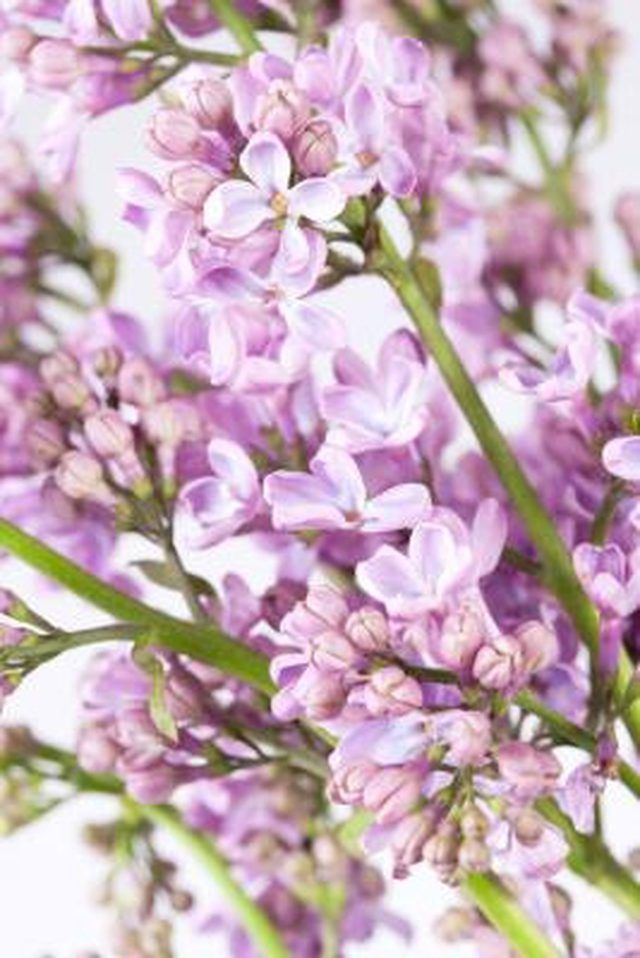Bulbs
Flower Basics
Flower Beds & Specialty Gardens
Flower Garden
Garden Furniture
Garden Gnomes
Garden Seeds
Garden Sheds
Garden Statues
Garden Tools & Supplies
Gardening Basics
Green & Organic
Groundcovers & Vines
Growing Annuals
Growing Basil
Growing Beans
Growing Berries
Growing Blueberries
Growing Cactus
Growing Corn
Growing Cotton
Growing Edibles
Growing Flowers
Growing Garlic
Growing Grapes
Growing Grass
Growing Herbs
Growing Jasmine
Growing Mint
Growing Mushrooms
Orchids
Growing Peanuts
Growing Perennials
Growing Plants
Growing Rosemary
Growing Roses
Growing Strawberries
Growing Sunflowers
Growing Thyme
Growing Tomatoes
Growing Tulips
Growing Vegetables
Herb Basics
Herb Garden
Indoor Growing
Landscaping Basics
Landscaping Patios
Landscaping Plants
Landscaping Shrubs
Landscaping Trees
Landscaping Walks & Pathways
Lawn Basics
Lawn Maintenance
Lawn Mowers
Lawn Ornaments
Lawn Planting
Lawn Tools
Outdoor Growing
Overall Landscape Planning
Pests, Weeds & Problems
Plant Basics
Rock Garden
Rose Garden
Shrubs
Soil
Specialty Gardens
Trees
Vegetable Garden
Yard Maintenance
What Is the Growth Rate of a Japanese Lilac Tree?
What Is the Growth Rate of a Japanese Lilac Tree?. Tolerant of urban conditions and the attendant pollution and hazards, the Japanese lilac tree also deals well with poor, clay or alkaline soils. The flexibility of the tree means it can find a home in nearly any landscape,

Tolerant of urban conditions and the attendant pollution and hazards, the Japanese lilac tree also deals well with poor, clay or alkaline soils. The flexibility of the tree means it can find a home in nearly any landscape,
Geography
The growth rate of a Japanese lilac tree, Syringa reticulata, is considered to be moderate by university extension services. It thrives well in U.S. Department of Agriculture plant hardiness zones 3 through 6, with some success in zone 7. Cultivars of the Japanese lilac include Ivory Silk and Summer Snow.
Annual Growth
A large shrub or a small tree, the Japanese lilac adorns itself with white flowers during the summer months. The annual growth rate of the tree is 12 to 18 inches. Although a member of the lilac family, the white appearance of the tree differs substantially from the purplish hue typically associated with lilacs.
Considerations
Due to its moderate growth rate and size, the Japanese lilac is used as a street tree, especially when overhead power lines are present. It is also considered ideal for ornamental gardens, decks and patios. The growth rate of the tree can be affected by pests like lilac borer larvae.